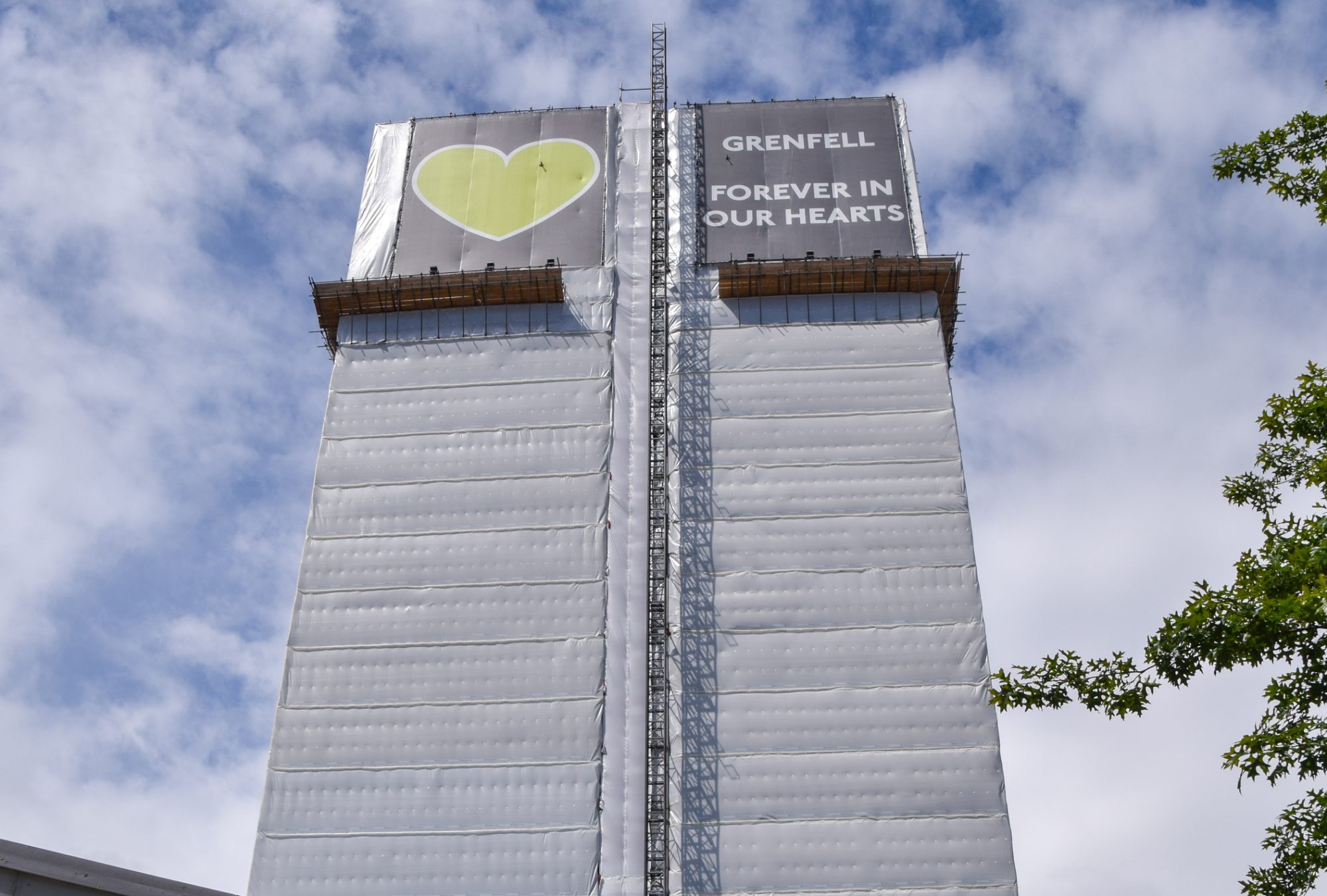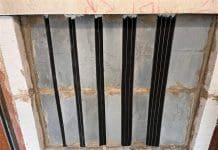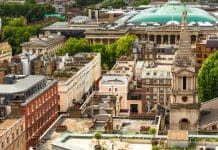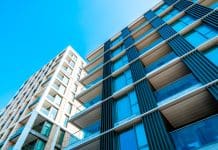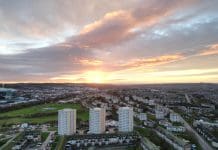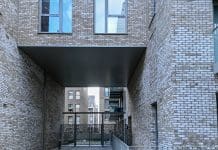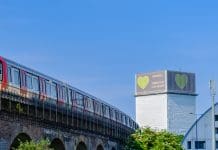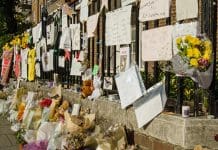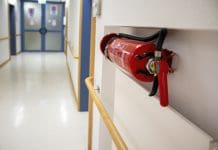The final report from the Grenfell Inquiry contains 1,700 pages documenting the failings that led to the 2017 fire, as well as recommendations for Government and industry
Seven years after the tragic fire that claimed the lives of 72 residents, the final report from the Grenfell inquiry was published on 4 September 2024.
The inquiry was chaired by Sir Martin Moore-Bick and includes recommendations from his panel colleagues such as architect Thouria Istephan and housing expert Ali Akbor.
Survivors and those bereaved by the fire were granted early access to the findings of the £200m inquiry one day early.
Sir Moore-Bick said that the length of the inquiry was due to investigations uncovering “uncovered many more matters of concern than we had originally expected”.
Key findings from the report
The final report from the Grenfell inquiry found that responsibility for the fire fell between various parties, who “engaged in deliberate and sustained strategies to manipulate the testing processes, misrepresent test data and mislead the market”, as well as failings in Government and emergency services’ response during the event. These include:
- Architects Studio E, the builders Rydon and Harley Facades who took an “unacceptably casual” approach to building regulations. Harley Facades, who installed the flammable cladding system, assumed others would check the materials were appropriate. Studio E did not perform the work of a “reasonably competent architect” in identifying the fire risks posed by the cladding.
- The landlords, Kensington and Chelsea Tenant Management Organisation, who allowed their relationship with tenants to devolve into “personal antagonism” and demonstrated “a basic neglect of its obligations in relation to fire safety.”
- Kingspan, who made around 5% of the combustible foam insulation on the tower, who “knowingly created a false market in insulation for use on buildings over 18 metres in height”, which created the market conditions allowing fellow insulation company Celotex (who made the majority of the combustible foam insulation on Grenfell Tower) to break into the market by “dishonest means.”
- Private safety accreditation bodies Local Authority Building Control (LABC) and the British Board of Agrément (BBA), who “failed to ensure that the statements in their product certificates were accurate and based on test evidence,” and were willing to “accommodate the customer at the expense of those who relied on certificates.”
- American cladding panel manufacturer Arconic, whose French subisidiary provided the panels to Grenfell Tower, were accused of “deliberately” concealing the true extent of the risk posed by the panels on high-rise buildings, being “determined to exploit what it saw as weak regulatory regimes in certain countries including the UK.”
Sir Martin Moore-Bick said that “the simple truth is that the deaths that occurred were all avoidable, and those who lived in the tower were badly failed over a number of years and in a number of different ways, by those who were responsible for ensuring the safety of the building and its occupants.”
He continued: “Not all of them bear the same degree of responsibility for the eventual disaster. But as our report shows, all contributed to it in one way or another. In most cases, through incompetence, but in some cases, through dishonesty and greed.”
Kingspan responded to the inquiry:
“We welcome the publication of today’s report which is crucial to a public understanding of what went wrong and why. It explains clearly and unambiguously that the type of insulation (whether combustible or non-combustible) was immaterial, and that the principal reason for the fire spread was the PE ACM cladding, which was not made by Kingspan.
“Kingspan has long acknowledged the wholly unacceptable historical failings that occurred in part of our UK insulation business. These were in no way reflective of how we conduct ourselves as a Group, then or now. While deeply regrettable, they were not found to be causative of the tragedy.
“Kingspan has already emphatically addressed these issues, including the implementation of extensive and externally-verified measures to ensure our conduct and compliance standards are world leading.”
Systemic failings contributed to the disaster, with Government regulation particulary culpable
Signs were evident as “early as 1991” that the cladding materials used posed a fire risk.
The Government was “well aware” of the risks posed by highly flammable cladding, said Moore-Bick, but failed to “give proper consideration at an early stage to the dangers of using combustible materials in the walls of high rise buildings, that including failing to amend, in an appropriate way, the statutory guidance on the construction of external walls.”
“That is where the seeds of the disaster were sown.”
Former prime minister David Cameron implemented a drive to cut regulations and red tape to boost business after the global economic crash, a campaign that housing secretary Eric Pickles “enthusiastically supported.” This focus in his department led to a failure to tighten fire safety regulations and the risk to life posed, which were “ignored, delayed or disregarded.”
Concerns were raised after a 2009 cladding fire at Lakanal House killed six and reiterated by a coroner in 2013, but were not treated “with any sense of urgency” by Pickles’ department.
In his cross examination under oath, Pickles denied that the “bonfire of red tape” included building regulations, but this was found to be “flatly contradicted by that of his officials and by the contemporaneous documents”.
The council showed a “marked lack of respect for human decency and dignity”
During the emergency, Kensington and Chelsea Council(RKBC) were criticised for not having “plans in place to enable it to respond effectively”, which it had failed to provide, as well as relevant training.
A “muddled, slow, indecisive and piecemeal” response from the Council meant that those affected by the fire had to rely on local and community resources for food, shelter and clothing.
Despite Grenfell’s high number of Muslim residents and the fire taking place during the holy month of Ramadan, the inquiry found that RKBC showed “no regard for their cultural or religious needs”, leading to “a significant degree of discrimination in ways that could and would have been prevented if the guidance had been properly followed.”
Key recommendations from the final Grenfell inquiry report:
- A licensing scheme for contractors seeking to work on high-rise buildings
- Creating a new construction regulator reporting directly to a cabinet minister
- An urgent review of building regulation guidance on fire safety
- Creating a national authority to administer building control functions, stripping town halls of that power
- The introduction of mandatory fire safety strategies for higher risk buildings
- Regulation and mandatory accreditation of fire risk assessors
- Requiring the Government to maintain a publicly accessible record of recommendations made by select committees, coroners and public inquiries, documenting actions taken and explainations for those not implemented
“The system isn’t broken, it was built this way”
Grenfell United condemned the culture of “corporate lobbying” that led to ineffective building control and dangerous products proliferating on the market, calling for Arconic, Celotex, Kingspan and Rydon to be banned from government contracts.
Our response to today’s publication of the Grenfell Inquiry Phase 2 Report pic.twitter.com/rEvshCrTPz
— Grenfell United (@GrenfellUnited) September 4, 2024
Keir Starmer is expected to address the findings of the inquiry during today’s PMQs.
Justice4Grenfell called for individual prosecutions:
Our response to the publication of the Grenfell Tower Inquiry reports and recommendations. pic.twitter.com/Nv9YD8aIJC
— Justice4Grenfell (@officialJ4G) September 4, 2024
London Fire Brigade put out the following response to the final Grenfell Inquiry report:
“A stay-put policy is never appropriate” for high rise buildings
Inquiry panel member Thouria Istephan said that a stay-put policy, as the residents were advised by emergency services on the night of the fire, would never be suitable for high rise buildings.
Former leader of the House of Commons Jacob Rees-Mogg was forced to apologise in 2019 after claiming that the victims who followed the stay-put policy did not have “common sense”. 55 of the 72 people who died in the fire were told to remain in their homes by fire services.
Frank Ferguson, head of the CPS Special Crime and Counter Terrorism Division confirmed that criminal prosecutions for those responsible would not take place until 2026 at least: “Our team of specialist prosecutors will then carefully review the file but do not expect to be in a position to make any charging decisions until the end of 2026.”
Harriet Clough
Twitter: @Harriet_PBC


